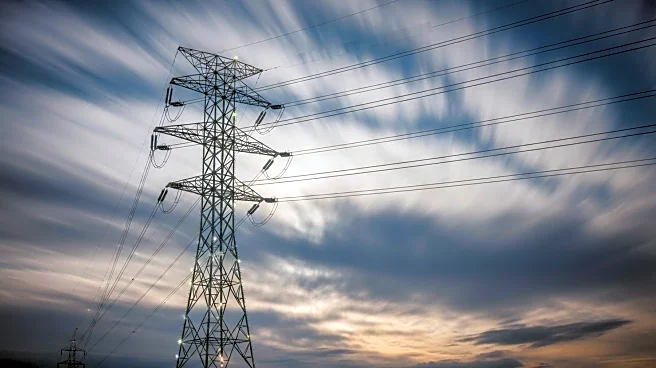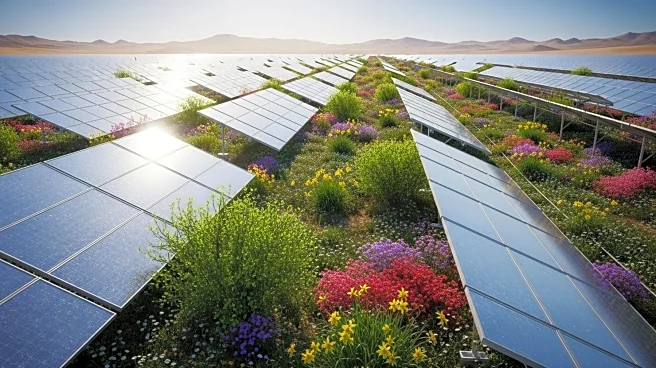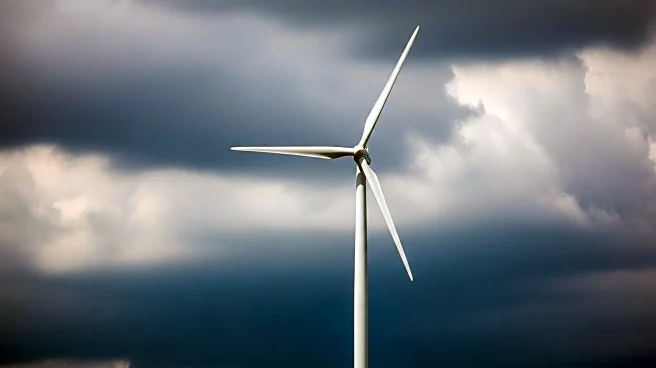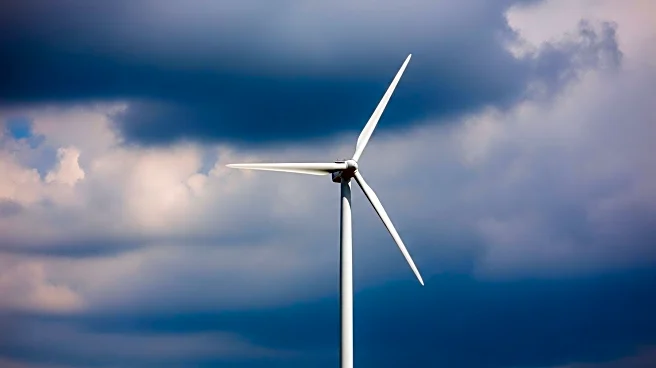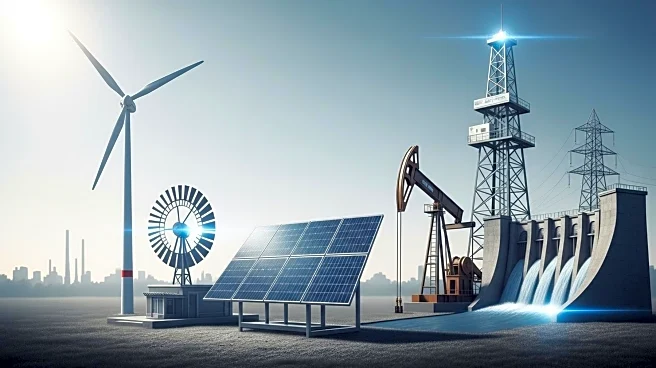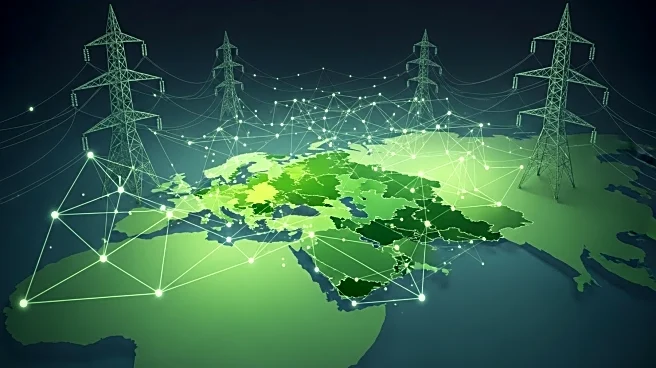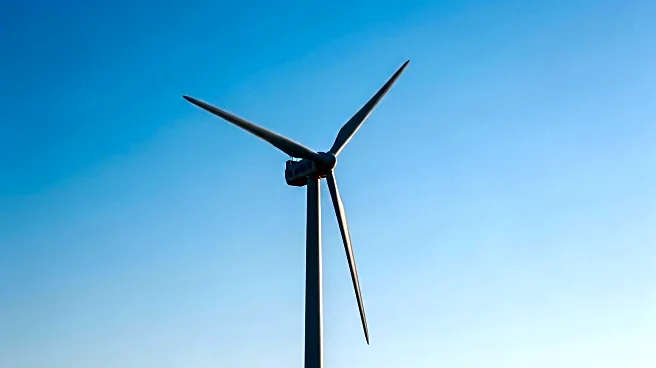What's Happening?
China has developed an extensive ultra-high-voltage transmission grid, connecting renewable energy sources across the nation to coastal cities. The State Grid Corporation has implemented direct current transmission lines at 800 kV, 1,000 kV, and 1,100 kV, forming a national network that efficiently transports electricity over long distances. This infrastructure represents a significant engineering achievement and a step forward in China's efforts to decarbonize its energy system. Despite the technical success, there are myths and misconceptions about the safety of these systems, with some reports exaggerating the effects of electromagnetic fields.
Why It's Important?
The development of ultra-high-voltage transmission lines is crucial for China's energy transition, enabling the efficient movement of clean power from inland regions to industrial centers. This infrastructure supports the displacement of coal and the integration of variable renewables, contributing to global climate goals. However, public perception influenced by misinformation could hinder the progress of similar projects worldwide. Accurate communication about the safety and benefits of these systems is essential to maintain public trust and support for clean energy initiatives.
Beyond the Headlines
The narrative surrounding China's transmission grid highlights the impact of sensationalist reporting on public perception of technology. Misunderstandings about electromagnetic fields can lead to unwarranted fears, similar to past controversies over wind turbine syndrome. It underscores the importance of grounding public discourse in scientific facts to prevent misinformation from obstructing technological advancements.
